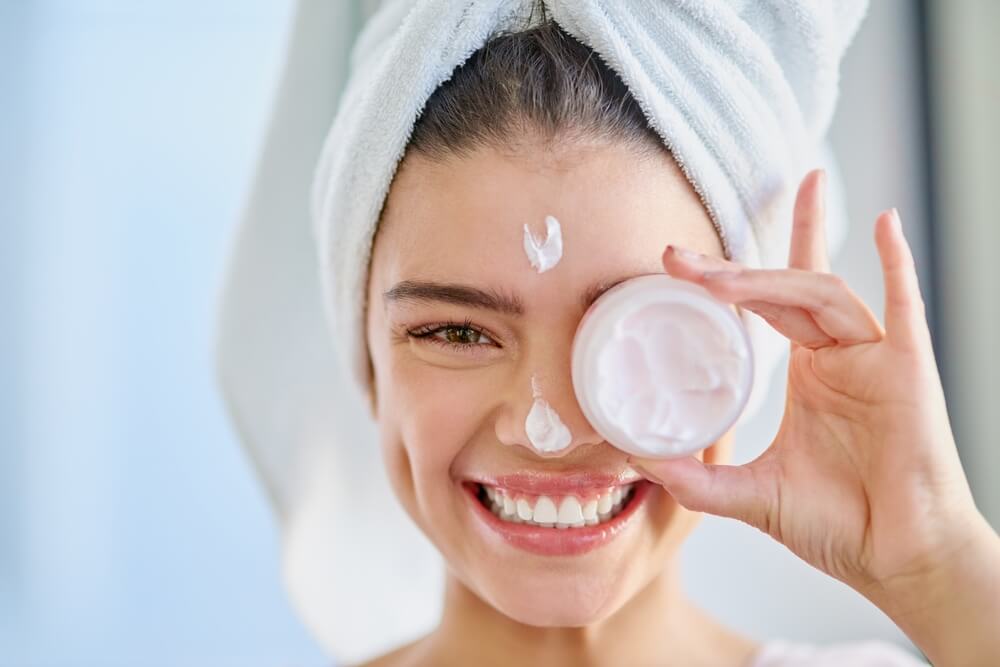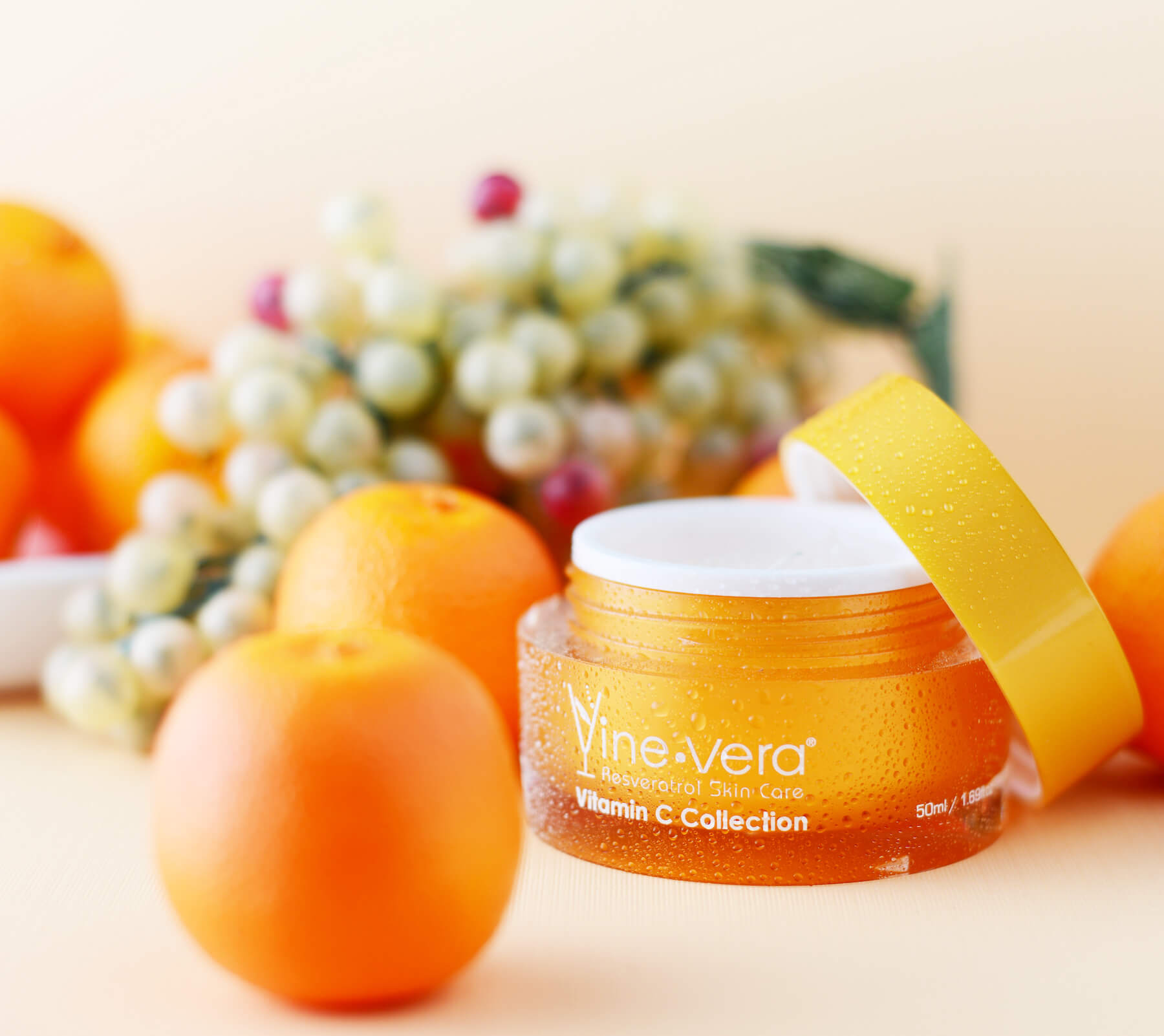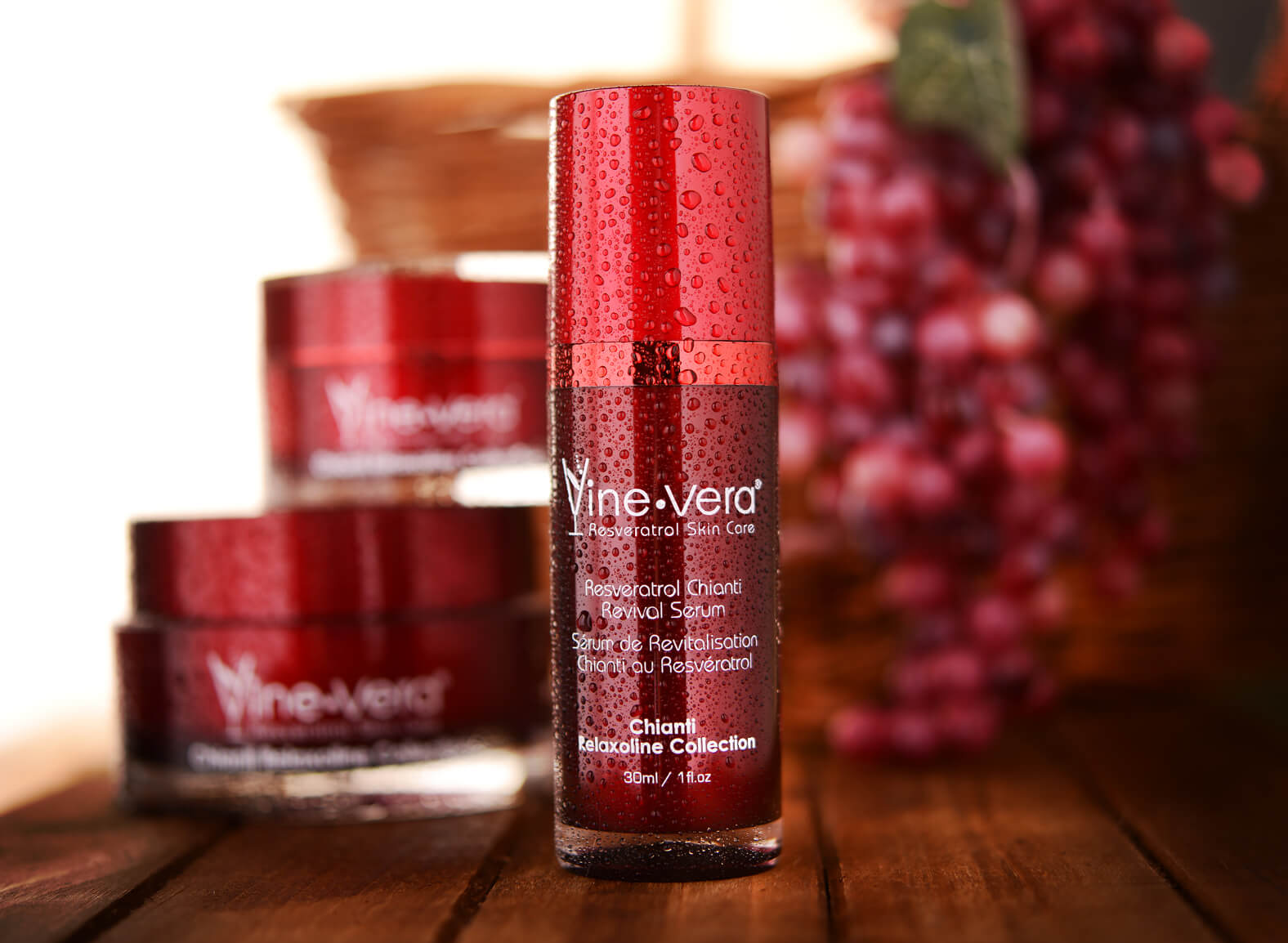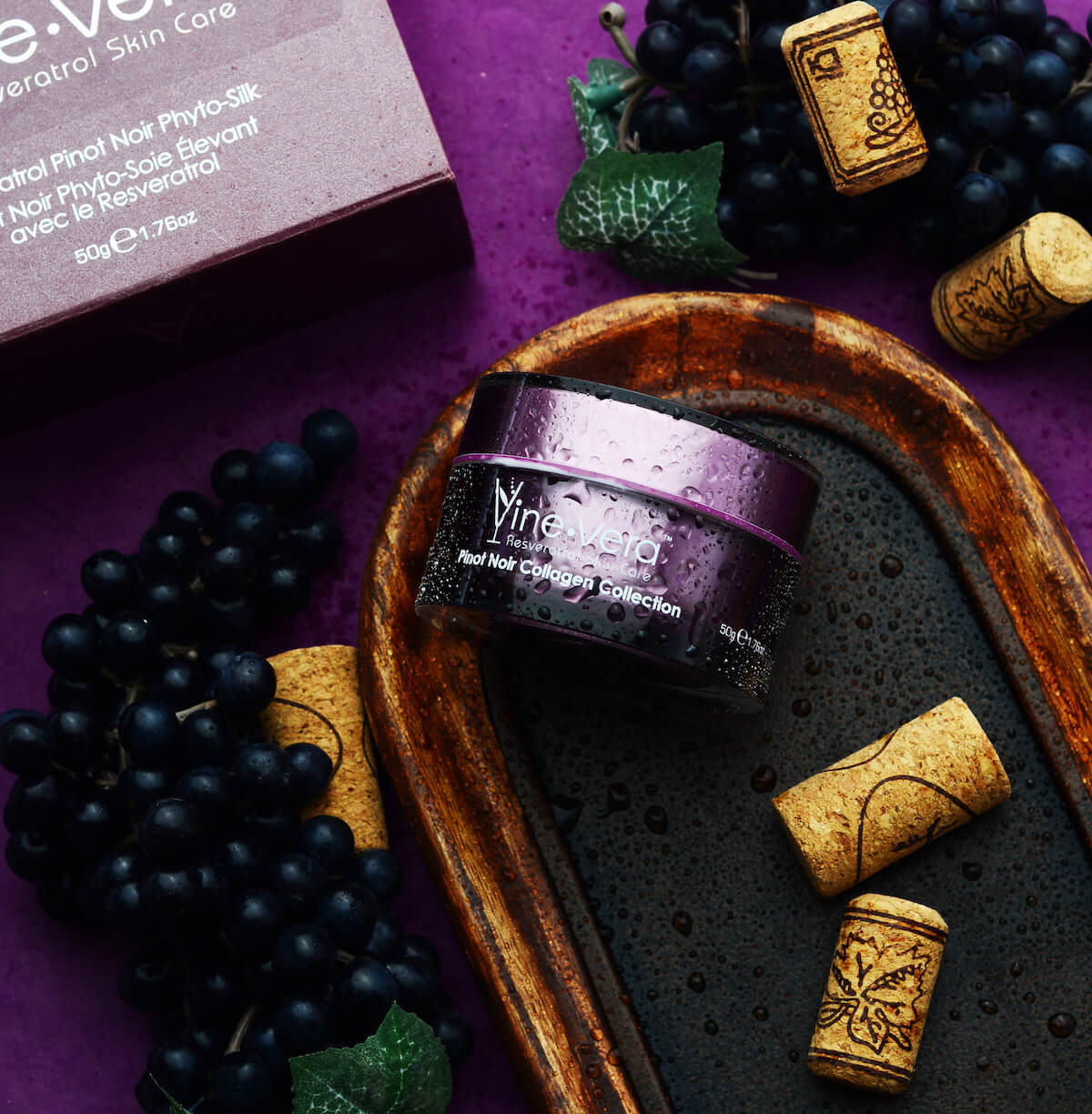Skin Cycling: The Beauty Routine You Need to Know About

Although dermatologists usually dissuade people from trying viral skincare trends, the emergence of skin cycling is one that industry professionals are very much on board with. Unlike many of the potentially harmful trends that are often promoted on social media, this one offers nothing but benefits for the skin.
Wondering what skin cycling actually involves? Read on for everything you need to know about this skincare trend, plus some top tips from Vine Vera on how to give skin cycling a try!
What Exactly is Skin Cycling?
Skin cycling is all about cycling your skincare routine. Rather than trying to do everything for your skin in one single routine that you follow each day, skin cycling involves focusing on different aspects of skincare over the course of four nights.
The first night focuses on exfoliation. This prepares the skin for the second night, which is when retinoids are applied. Since both exfoliating and using retinoids can take a toll on the skin barrier, the third and fourth nights are all about giving your skin a break and some time to feel rebalanced.
It may sound complicated, but there’s a reason why everyone’s raving about skin cycling…
The Benefits of Skin Cycling
Alternating the use of exfoliants and retinoids, and then following them up with some rest time for your skin, not only produces optimum results from the products that you’re using but also minimizes the risk of sensitivities and inflammation.
It helps the skin to build up tolerance to the more potent ingredients in your routine. This means that those ingredients will be better received. Rather than layering multiple active ingredients over the top of each other, you’ll be spacing them out over four nights, giving your skin some much-needed time to adjust.
Does skin cycling really work?
So far, everyone who has given it a go has seen success with the technique. Dermatologists also strongly agree with the concept, with a weekly approach often being much better for the skin than a daily approach.
Want to Give Skin Cycling a Try?
The only way to know whether or not skin cycling will work for you is by giving it a try. Here’s how to get started:
Night One: Exfoliation

The first night of a skin cycling routine focuses on exfoliation. This will remove any impurities from your pores. This means that the products you apply over the next few nights will be able to penetrate your skin more effectively. Plus, with over-exfoliation being an increasingly common problem, spacing your exfoliation efforts out to every four nights will help do away with the risk of exfoliating too much.
With that said, you could still experience symptoms of over-exfoliation if your exfoliator is so potent that it can only be used weekly. With skin cycling, you’ll be exfoliating every four days. You’ll need an exfoliator that can do this without harming your skin.
This is why many recommend going for a chemical exfoliator when following the skin cycling technique. However, don’t immediately start with a highly concentrated blend of glycolic acid. Go with a gentler acid instead, like mandelic acid. Derived from almonds, you’ll find it in the Vine Vera Resveratrol Vitamin C Peeling. This exfoliator can be used up to twice a week, making it ideal for skin cycling!
Of course, before you jump into exfoliating your skin, make sure that you’ve cleansed it first. An exfoliator will only be effective if it can directly reach your skin cells without having to fight past a layer of dirt, sebum, and other impurities.
Since you don’t want to end up irritating your skin before you exfoliate it, go with a cleanser that doesn’t contain any sulfates or other harsh surfactants. The Vine Vera Resveratrol Cabernet Mousse Cleanser would be a great choice! Its lavish lather cleanses beautifully while its infusion of plant oils keeps the skin feeling ultra-soft.
Night Two: Retinoids

Retinoids are vitamin A derivatives. There are quite a few different retinoids out there, with each one varying in potency. However, while some may work faster than others, they all offer similar results. All retinoids have been proven to be effective at reducing the appearance of wrinkles, brightening the look of the skin, and giving the skin a firmer and smoother finish. Retinoids can help to lighten the visibility of dark spots too, and can also prevent the appearance of acne.
As you can see, retinoids are ingredients that just about everyone would benefit from in some shape or form!
If retinoids are so great, shouldn’t you be using them every night? No, and this is where the beauty of skin cycling lies. With retinoids being so powerful, they’re notorious for irritating the skin. This is especially the case when they’re combined with other potentially irritating ingredients. The result is inflammation that can take a while to dissipate.
By spacing your retinoid usage out to once every four nights, the appearance of inflammation will be much less likely.
So, if you’ve never used retinoids before, which one should you start with? Many choose to begin with retinol. However, even with skin cycling, you may still find that your skin reacts to it. If this is the case, retinyl palmitate would be a better alternative. It’s much gentler but will still provide all of the same benefits to your complexion. You’ll find the ingredient in several Vine Vera products, including the Resveratrol Chianti Revival Serum.
Another way to counter the feeling of irritation when using a retinoid is to apply a moisturizer first. This will prevent quite as much of your retinoid from soaking into your skin, toning down your skin’s reaction to the ingredient.
Nights Three and Four: Rest and Recovery

On nights three and four of your skin cycling routine, don’t be tempted to reach for an exfoliator or a retinoid. Instead, these nights are all about encouraging your skin to repair itself. The focus of your skincare routine should be on leaving your skin barrier feeling bolstered and stronger while giving your skin microbiome all that it needs to thrive.
After using a gentle cleanser to wash the dirt of the day away, turn to a hydrating serum to give your skin the moisture that it needs to feel rebalanced. The Vine Vera Chianti Skin Restoring Capsules were designed for exactly this purpose. They feel incredibly soothing when applied, with the hydrating power of this formula enhanced by the serum’s encapsulated packaging.
While moisturizing (and cleansing) should be carried out every day of your skin cycling routine, a good moisturizer becomes all the more essential on days three and four. Moisturizers are great products for leaving the skin barrier feeling thicker and lovingly nurtured, which is what the aim of these nights is.
The Vine Vera Resveratrol Pinot Noir Phyto Silk would be a great product to add to your roster for nights three and four. It’s a silky cream that melts into the skin quickly, without leaving it feeling greasy. However, it still manages to feel incredibly hydrating and moisturizing. This is thanks to the sodium hyaluronate, vitamin E, and algae extract in the formula. It’s also loaded with antioxidants from the likes of licorice root, resveratrol, green tea, and chamomile. Antioxidants are vital if you want to repair your complexion. This makes nights three and four of your skin cycling routine the best time to pile them on.
Adjusting the Cycle to Suit Your Skin
It’s important to remember that the skin cycling technique detailed above is just a guideline. Everyone’s skin is different and will have its own unique set of needs. The skin cycling routine provides a flexible framework and it’s then up to you to tailor this to your skin.
Say, for example, you’ve been skin cycling for a while now. You saw some improvements in your complexion at the beginning but haven’t seen any changes in a while. This could be a sign that it’s time to ramp up your efforts. How? By progressing to a more advanced skin cycling routine.
There are a couple of ways in which you could do this. The first would be to cut out one of the recovery days. This will shorten your cycle down to three days instead of four. It would now be exfoliation, retinoid, recovery, and repeat.
Another option would be to swap the recovery goal of night three with another retinoid night. This means that your skin cycling routine would be exfoliation, retinoid, retinoid, recovery, and repeat. However, this route should only be taken if your skin is happily tolerating your current retinoid usage. If you ever upgrade to a more potent retinoid, move back to your original skin cycling routine for a while. This will help to prevent causing irritation to your skin.
Is Skin Cycling Worth Trying?
It’s not often that you’ll see dermatologists raving about a TikTok beauty trend. This is how you immediately know that skin cycling holds promise. It can be a beneficial technique for all skin types to implement, although it does require putting some extra thought into your skincare routine!
If your skin type is sensitive, then you’ll likely benefit even more from skin cycling. It will give you the opportunity to use more potent active ingredients without irritating your skin. If there are any ingredients that your skin has reacted to in the past, incorporating them into a skin cycling routine could be a game-changer.
The only exception to the rule would be if you’re on prescription skincare of any sort. Whether it’s for acne, eczema, or anything else, you’ll need to speak to your dermatologist to ensure that your skin cycling efforts don’t interfere with your topical medication in any way. Your dermatologist will likely be able to advise on a skin cycling routine that works with the prescription skincare you’re using.
Skin Cycling With Vine Vera
If you’d like to give skin cycling a try, chances are that you already have most of the products that you need. The only difference is that you won’t be using them all in one night. However, if you’d like to incorporate a few new products into your new skin cycling routine, check out Vine Vera’s online store and you’ll find everything that you could possibly need!




 A.U.
A.U. B.R.
B.R. C.A.
C.A. M.X.
M.X. C.H.
C.H.


